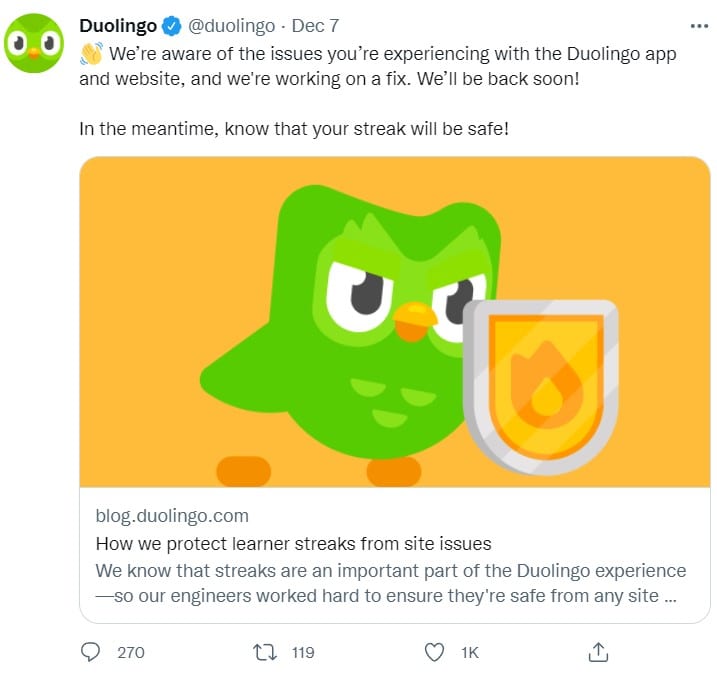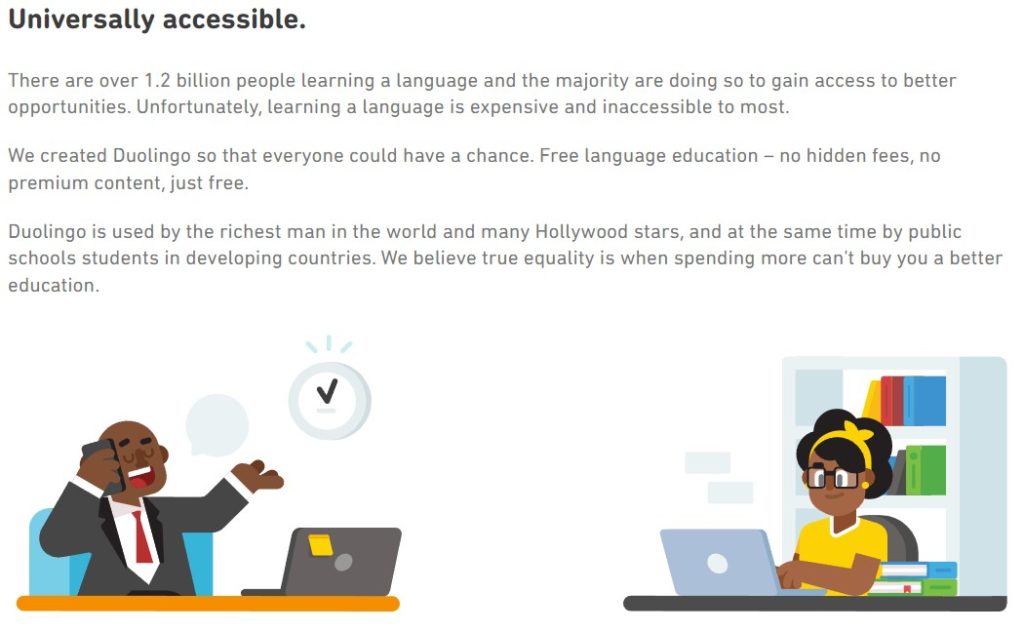You’ve probably heard it before: branding is important. Things like defined logos, colors, and themes differentiate your company, boosting sales and driving better customer relationships.
But what if we told you visual brand identity is just one part of great marketing? Your content — what you say and how you say it — furthers your brand’s mission (and your success) just as much as your visual brand identity. And we’re here to tell you it’s not something you can afford to skip.
Customers want to do business with brands they like. They’re seeking connection, and to create that, your brand must be transparent and authentic. Transparency, authenticity, and consistency are essential to building trust and growing your relationship.
So what happens when you don’t create an authentic, consistent brand voice? You run the risk of confusing customers, compromising brand loyalty, and losing sales. We’re here to make sure that doesn’t happen.
Tone and voice: the key to brand authenticity
Your brand’s messaging (what you say) and tone and voice (how you say it) are strategic marketing assets that need to be actively managed, just like a logo or any other element of your brand identity.
Presenting a brand consistently across all platforms can increase revenue by up to 23%, and customers who connect emotionally with your brand have a 306% higher lifetime value.
By defining and maintaining your tone and voice, you’re telling your customers what they can expect when they choose you. You don’t bait and switch, and you give them exactly what you say you will.
Tone and voice convey your brand’s heart and soul to your customers. Every marketing touchpoint is an opportunity to share your brand’s spirit — and it’s essential to do it right.
Keeping these two things consistent across every channel might not sound like a big deal, but it is. Consistency in your brand tone and brand voice fosters familiarity, builds brand recognition and promotes trust. And here’s how you can do it, too.
So what are tone and voice in branding?
Brand voice is static.
People have personalities, and one of the ways they express their personality is through their voice and the things they say. Your brand’s voice is its personality. It includes word choice, phrasing, and flow.
Brand tone is dynamic.
Your brand’s tone is how its personality is expressed. It changes based on your audience, the type of media you’re using (i.e. social post vs. email), the goal of the piece, and more.
Tone and voice work harmoniously. They aren’t the same, but it can be easy to confuse the two. Think of it in terms of yourself: you always have the same voice, but you probably use a different tone when you’re talking to your grandma versus your best friend.
Infusing your brand with consistent tone and voice
1. Establish guidelines for tone and voice.
The very first step is determining what your brand’s tone and voice are. This isn’t something you can do in a day, and it can be helpful to follow a defined process to discover your tone and voice.
Here at Iconic, we’ve developed an intensive tone and voice workshop for our clients. In the workshop, we work with you and key members of your team to choose words that fall into the following categories:
- Expectations: these are the things your customers assume you will be
- Differentiators: these are the things that set you apart from your competitors
- Deterrents: these are the things that could alienate your target customers (and you should always avoid them)
We use this exercise to refine your brand’s voice in communication. Once defined, you can put your brand’s tone and voice to work with the StoryBrand framework for a comprehensive marketing and messaging plan.
Along with defining your brand’s personality, you should establish guidelines for utilizing tone and voice. Those guidelines might include:
- How and when to use jargon and acronyms
- Preferred writing styles (like active voice vs. passive voice)
- Example “best practice” statements, illustrating what to do and what not to do
- The Associated Press (AP) Stylebook or the Chicago Manual of Style
The goal here is to create guidelines that people can refer back to when they’re creating content, to ensure tone and voice remain constant.
2. Share the guidelines… and actually use them
Once the guidelines are there, share them with your team! Consider making it part of someone’s job to deeply understand tone and voice, then educate others about how to make use of this strategic marketing asset.
Keep your tone and voice guidelines in mind anytime you create new content or update old content. The document should be evergreen, so don’t be afraid to update it as your company grows.
3. Make your tone and voice part of everything you do
Your tone and voice should be everywhere you are for a consistent customer experience. That includes:
- Emails
- Ads
- Social media
- Blog posts
- Website
- Sales process
- Public relations
- And more
These key marketing materials should sound like they’re written by the same person (even if they aren’t). Every touchpoint is an opportunity to reinforce your voice and your relationship with your customers.
Don’t forget about the “boring” stuff, either. Even boilerplate copy can have personality, so consider updating things like error messages, instructions, order confirmations, FAQs, and footers with your new tone and voice too.
A case study in consistent tone and voice
Duolingo, the language-learning platform, is a great example of putting tone and voice to work in the real world. They publish both in their brand guidelines, and it’s easy to see them in play in their content.
Voice: Expressive, playful, embracing, worldly
Tone: Always clear, human, and relaxed. Empathetic to the situation. Balance pop-culture with serious stuff.

Homepage: Clear, expressive, worldly

Twitter feed: Expressive, embracing

About page: Serious, respectful, embracing
From their homepage to a single tweet, Duolingo unites their message and their 8.2 million daily users with consistent tone and voice. They maintain a clear, embracing voice and a varied tone that changes based on the context and platform they’re using.
Ready to take your brand to the next level? It’s time to take a strategic look at your communications, define your tone and voice, then implement those changes! Start a project to see what your brand has been missing.
